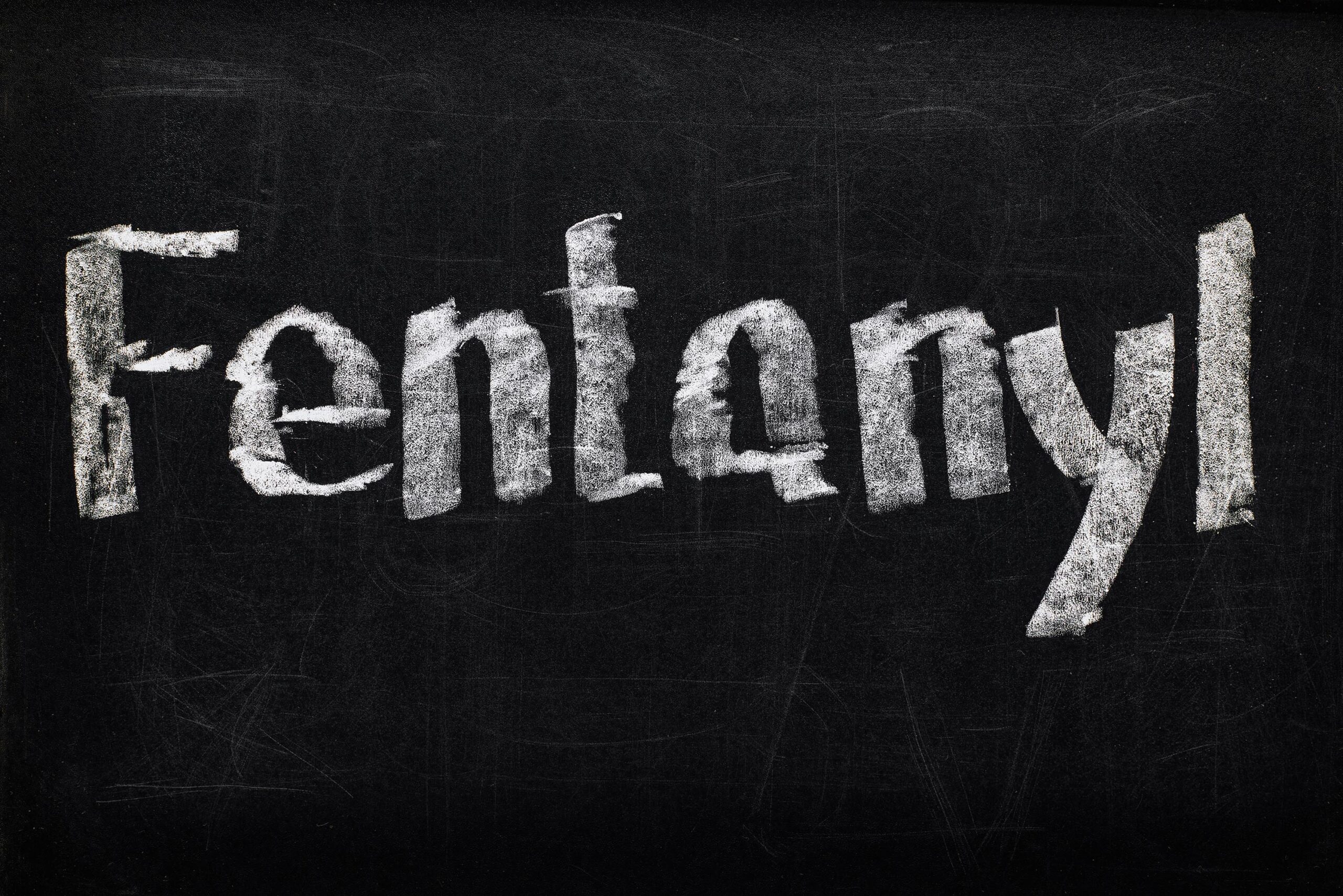There has been an alarming rise in the cases of injuries and deaths associated with fentanyl, a synthetic opioid, which has become part of a growing public health crisis in our community and across the nation.
Deaths from overdoses reached a staggering 107,622 in 2021, an increase of nearly 15% from the 93,655 deaths estimated in 2020. These overdoses were largely driven by illicit fentanyl. While some people seek out fentanyl, others unknowingly consume it in adulterated heroin, methamphetamines, cocaine, MDMA, and counterfeit pills.
In August, the U.S. Department of Justice reported that there is more fentanyl being seized by border officials in San Diego and Imperial County cities than at any of the nation’s more than 300 other ports of entry, making our federal district an epicenter for fentanyl trafficking into the United States.
Fentanyl is a powerful synthetic opioid painkiller that is 100 times more powerful than morphine. It is used to treat pain in its prescription form, but is also made illegally and distributed as a street drug. Illicit fentanyl is sold as a powder or made into pills that look like real prescription pills like Adderall, Xanax, Percocet, or OxyContin and oxycodone. Often, it’s not possible to distinguish the counterfeit medications from the real ones.
It is important to talk to your teen about fentanyl. Young people in our community are facing an unprecedented increase in overdoses caused by fentanyl. That is why it’s so important to talk to your teen in a way that empowers them to make safer choices. Impress upon your teen that fentanyl isn’t a distant danger—it’s hurting our community and they are very much at risk. The idea that “only people who get drugs from random people overdose” is completely false.
Fentanyl is tasteless, odorless, and too small to see. A dose the size of two grains of salt can cause an overdose. Long before they reach the friends, dealers, and friends-of-friends that teens might trust to supply them, substances are laced with fentanyl. And fentanyl can be anywhere, as distribution in pills and powders is wildly random. While one pill might not be deadly, another one could be.
People at highest risk of poisoning and fatality are those who unknowingly take fentanyl. Though similar in effects to other opioids, fentanyl’s extremely high potency makes it the most commonly used drug involved in overdoses, according to the U.S. Centers for Disease Control and Prevention.
Help your teen understand that only medications from a pharmacy are safe. It’s not safe to take anything given to you by a friend or purchased anywhere other than a pharmacy even if you think you know what type of drug it is. Never take a prescription medicine not prescribed to you. Never take a pill that is not in its original packaging.
Make sure your child knows not to hesitate to call for help if someone is overdosing or in distress. The Good Samaritan Law allows people to call 911 to get help for others who are overdosing without fear of being arrested for having or using drugs.
As a concerned parent or community member the following are important things to understand about fentanyl:
Fentanyl is 50 to 100 times more potent than heroin or morphine. It is a schedule II prescription drug typically used to treat patients with severe pain or to manage pain after surgery. It is also sometimes used to treat patients with chronic pain who are physically tolerant to other opioids. In its prescription form, fentanyl is known by such names as Actiq, Duragesic, and Sublimaze. It should only be used if prescribed by a physician.
Fentanyl is relatively cheap to produce, increasing its presence in illicit street drugs. Dealers use it to improve their bottom line. According to a report from the Office of National Drug Control Policy, evidence suggests that fentanyl is being pressed into pills that resemble OxyContin, Xanax, hydrocodone and other sought-after drugs, as well as being cut into heroin and other street drugs. A teen buying illicit drugs may think they know what they’re getting, but there’s a real risk of it containing fentanyl, which can prove deadly.
Naloxone (Narcan) can be used to reduce an opioid overdose. Because fentanyl is far more powerful than other opioids, the standard 1-2 doses of naloxone may not be enough. Calling 911 is the first step in responding to any overdose, but in the case of a fentanyl-related overdose the help of emergency responders, who will have more naloxone, is critical. If you need more information and/or need Narcan for your home, please contact the Wellness & Prevention Center at info@wpc-oc.org or call 949-680-0516.
Marci Mednick, Community Development Specialist, Providence Mission Hospital. Marci leads the Raising Healthy Teens and Strength in Numbers public health campaigns in South Orange County. Providence Mission Hospital is a member of the Wellness & Prevention Coalition. See raisinghealthyteens.org for more tips and conversation starters to help your teen succeed.
